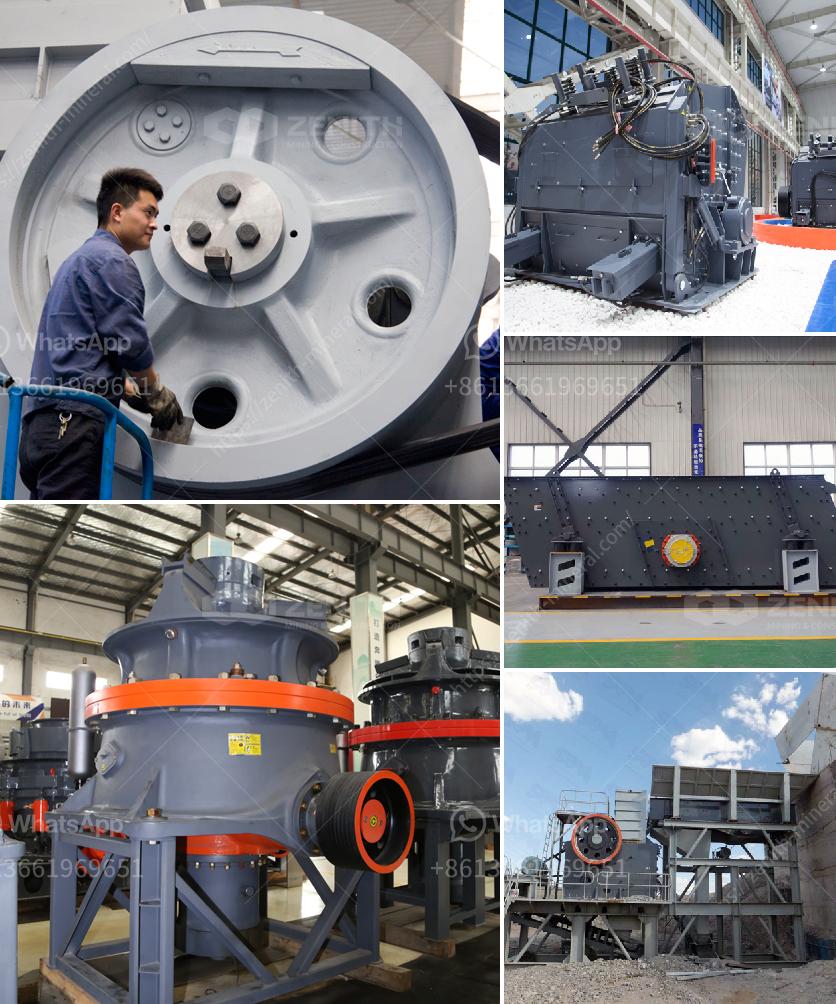Ball milling is considered a nonequilibrium process due to the high-energy mechanical forces it applies to the materials, resulting in continual deformation and fracture. This high-energy input repeatedly disrupts the atomic and molecular arrangements, driving the materials far from their equilibrium states.
During ball milling, the kinetic energy of the milling balls translates into mechanical work, which induces repeated cold welding, fracturing, and re-welding of the particles. This dynamic and repetitive process prevents the system from reaching a stable thermodynamic equilibrium, leading to the formation of novel phases, nanostructures, or amorphous materials that would not typically form under equilibrium conditions.
Thus, the nonequilibrium nature of ball milling is what makes it a valuable technique for materials synthesis and research, enabling the creation of unique and innovative material properties.
